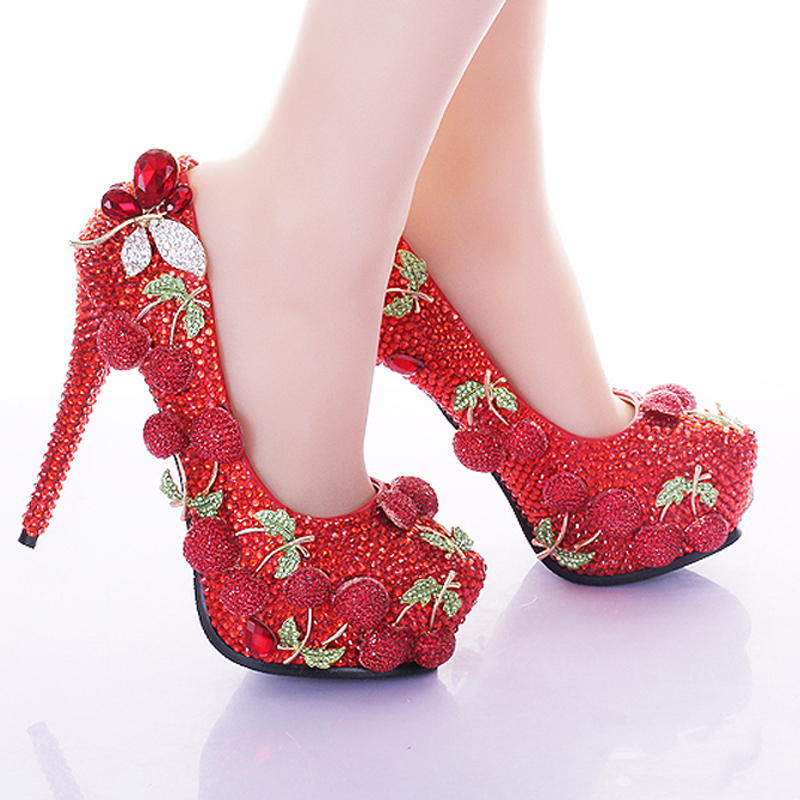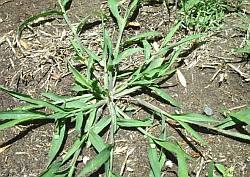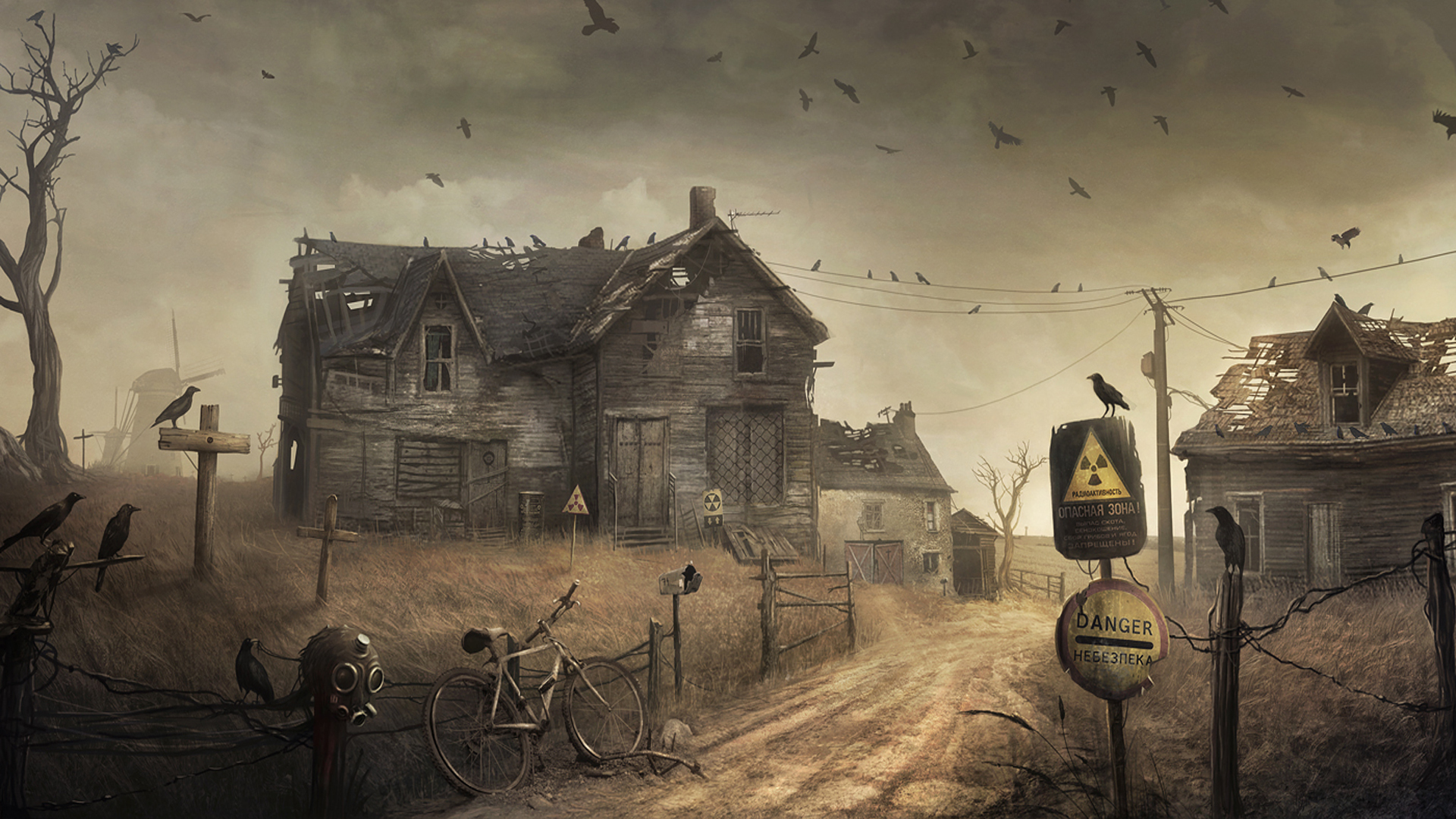The last time a true, drought-ending El Nino storm swept through California, I was a student at Cal Poly San Luis Obispo; the campus is vast and hilly and horribly prone to lake-like puddling, particularly if it rains for nine months straight, which it did that year. Cal Poly also simultaneously prides itself on having the highest General Ed requirements of any Cal State university in the system
and at the same time has no hallways connecting any buildings of different disciplines. Which meant that even if you happened to be foolish enough to take a full course load that year (and I did) you would still need to leave your main college building to get to your general ed classes at least once, if not three times a day. I walked in the rain. A lot.
In my freshman year I had made some attempt to look cute at school but during that El Nino year I absolutely abandoned vanity. If you had to traverse between any two buildings across campus it was not about carrying an umbrella, it was about wading through puddles far deeper than any rain boots could protect you from, and I couldn't stand wet shoes, wet socks, wet jeans. I took to wearing shorts and trudging barefoot straight through the puddling thoroughfares, carrying my Birkenstocks, and wearing a huge tarp/poncho that had instructions on the tag for use as a tent. I was an enormous yellow entity of puddle slogging. With my tent/raincoat over my bulging backpack and my bare feet I looked like a monstrous chick-creature stalking the university waterways.
At some point in this miserable year, my friend Sam said "It's still raining, huh? Welp, we shore need it."
I just about lost my mind.
"Are you crazy? I haven't been dry SINCE SEPTEMBER. I go home at night and take a hot shower just to thaw out and then still can't get dry. It takes me all night under arctic blankets to just warm my feet up and I think I've had the same sticky cold for about four months now. I've given up doing my hair since it just gets soaked or frizzes up or dries under my hood. I am cold and wet and to be frank I AM ALL DONE WITH THE RAIN."
He kind of cringed.
"But we're in a drought."
Standing in my wet clothes with my wet hair and my wet feet, shivering in the damp, Vitamin D crazed from not seeing the sun for so long, "but we're in a drought" meant exactly zero to me. I think I may not have ever spoken to Sam again after that. It certainly lowered my opinion of his character. "Easy for you to say," I thought bitterly. "It's all so easy when you have dry socks."
 |
| These socks literally make me so happy I have tears in my eyes. |
In 1997 no one talked about the drought. Down in LA they had water rationing but we didn't, on the Central Coast, and more people were concerned about how dangerous the roads were for us meek two-lane highway drivers when we ventured out of the farmland into the big city freeways. Even though the area identified as agricultural, for the most part it was livestock, not farms, so people just bought hay when they couldn't pasture graze, and watered more when the cows and horses got hot. Drought meant the lake in town was low and stank more than usual, but no one swam there anyway when the Pacific Ocean was a 30 minutes drive away. What was a drought next to the inconvenience of wet feet, water damage, replacing windshield wipers, having to drive 25 because of the storms?
This morning though, I knew something had changed.
I woke, like the rest of San Diego, to the unfamiliar sound of thunder and flashes of lightning outside my window. I waited in the pre-dawn dimness, my ears straining, praying, hoping, longing for the sound that I was finally thrilled to hear--a few pitiful pit pit pit taps against the roof as a sprinkling of rain fell for five minutes. I ran outside this morning, hoping I'd maybe have caught a few drops in my upturned buckets, but there was not really even enough to wet the bottom of the pail. I was devastated, then quickly overjoyed when a fat, slow rain started to fall. I stood there in the rain, letting it soak my skin and my hair and my sweatshirt. I watched the fat drops splash up from the parched soil and pool on the geranium leaves. A little bit of rain accumulated in the bucket I'd been checking and I joyfully and carefully deposited it into my big rain barrel like a child. I held out my hands to the sky and caught the cool drops in my palms and thanked God, earnestly, sincerely, and with total gratitude, for rain.
By the time I drove to lunch the rain had stopped, largely, and I wondered, worrying whether the few and far between drops that dotted my windshield would be enough to lay down an inch at least in my rain barrel, whether I might get enough to water the tomatoes for one day at least, whether the roses and the nasturtiums and the pollinator flowers might get enough to perk up and survive a few days longer until my day to water. At lunch, given the option to sit sensibly outside I eschewed it, driven by a hunger to be out in the elements; I couldn't bear to be inside on a day like this, with every leaf upturned to the sky and a hue far greener than should have been possible, with the flowers breathing and bobbing and dancing in the sprinkling rainfall. Our waitress seated us at a canvas umbrella-ed cafe table next to the garden while it drizzled and I watched with growing delight as the storm intensified, as it started to rain enough that people made it only a single bend down the garden pathway before turning around and returning to shelter. Lightning struck and thunder rumbled and the rain intensified. I thought of my rain barrel at home and imagined how the downpour was filling it, gallon by gallon, how my apocalyptic dead lawn might sprout a few tufts of grass for my chickens and force some snails and worms to the surface for my chickens to eat, and my heart swelled with happiness. When the canvas of our umbrella got soaked it started to drizzle lightly on the table but I still couldn't bear to go inside; a fine mist cooled my toasty cheddar cheese soup, set my bare arms to goosebumps, rain-slicked my patent leather bag but I stayed, delighted, until our poor waitress, her sopping blond hair bedraggled and soaked, asked us politely whether we might consider moving inside.
A year ago no one talked about the drought, though we were certainly in one. It had become a sort of perma-condition, a lackadaisical half-remembered thing for people to say to each other when they'd taken too long of a shower. "Stop wasting water, we're in a drought!" Yeah, okay. But we're always in a drought. Just like in 1997, those words really held no meaning for us, though our water tables were emptier than they'd been in hundreds of years. We kept watering our acres of green lawns daily, kept forgetting to turn off the automatic sprinklers when it rained, even the second and third day when it rained; we took hot steamy showers for hours on end, washed tiny loads of clothes, hosed down our driveways. Even as recently as May, when the numbers were coming in about the drought, the water rationing had become mandatory, and we started to realize we had green-lawned ourselves into what might be a fatal situation for our state, I heard weather people on the radio assuring commuters in the second hour of a very much needed rain, "Don't worry folks, the storm won't be with us much longer. We should be getting some sunshine for you in the next few hours."
That's what creatures of habits we were--in the worst, catastrophic drought in California history, with our water tables so low that the idea of drilling for groundwater seemed inevitable and with it, the sinking landscape of our state; with people screaming about the water costs of almonds versus cows versus avocados, our newscasters were still quick to assure us that 1/4" of rain wouldn't cause us to miss our afternoon Starbucks run.
This morning, though, I knew something had changed.
It's not just that all over my neighborhood I've seen not only dead lawns and (although I hate them) fake lawns and people ripping out their landscaping to put in drought tolerant plants if not concrete and paving stones...It's not just that people at the restaurant, despite having their garden walks ruined and their cafe bistro plans rained out were looking at the downpour with grins on their faces murmuring to each other, "This could end the drought. El Nino this year. It could end. The drought!" It's that miraculous creature, my Facebook feed, and today it was completely chock-a-block full of people delighted, overjoyed, and thrilled for the rain. Dogs woke up and were scared of the thunder, the 200,000 people downtown to celebrate the Gay Pride Festival got soaked during the worst of the storm, movie theaters and beaches were closed because of the lightning and everyone just rejoiced. If for no other reason than to stop hearing about the drought, to stop the inconvenience of the mandatory water rationing, to be able to somehow if only for a few days have a green lawn again, a city of three million people was united in gratitude.
 |
| Happy people, also wearing dry socks. Coincidence? |
A lot of people have been making a lot of noise about a myriad of issues that had led us to the drought, whether it be irresponsible water-bottling practices, urban water use, or the water costs of farming. We've been united in our desire to find out what the solution is, how we can stay in this beautiful state of ours. We've been united in our desire to be a part of that solution, whether it's something as small as taking shorter showers or as big as letting the lawn finally die. We've been united. Will we still be after a year of storms like these? The El Nino storms that are due to hit our coast this winter are supposed to be the biggest ones since those tarp-ponco inducing rains of 1997. Will we still be grateful and joyful and willing to dance in the rain? Will we be willing to keep making sacrifices even in the face of storms that flood our cities, will we be wise enough to know that even a year of storms will not be enough to totally refill the water tables after two hundred years of stripping them down for orange trees and Kardashian lawns? Will we still desire to effect change, so that in five years, ten, we won't find ourselves in this same place again?
I hope so. For myself, this morning I knew something had changed. This morning I saw rain as the life-giving nourishing miracle that it is. I saw green beans and butter lettuce and zinnias that would feed the neighborhood bees and grass, wonderful useless but deliciously green grass, and the slimy, wriggling worms and snails that would come oozing up like seedling heads to fill my chickens' bellies. I saw tomatoes and blueberries and strawberries and roses, no longer parched; I saw lemon trees finally able to bear fruit. This morning I saw rain like a farmer.
In heels.

 Lettuce: It's so damn cool. Basically as soon as the weather warms up too much or the lettuce is done growing, it goes to seed with these little obelisks. To protect itself while its putting its energy into seeding, the plant emits a bitter chemical into the leaves making them taste, you guessed it, super bitter. The lettuce that was a normal looking head will sprout up two or three feet into these tall towers and at the very top are some little yellow flowers.
Lettuce: It's so damn cool. Basically as soon as the weather warms up too much or the lettuce is done growing, it goes to seed with these little obelisks. To protect itself while its putting its energy into seeding, the plant emits a bitter chemical into the leaves making them taste, you guessed it, super bitter. The lettuce that was a normal looking head will sprout up two or three feet into these tall towers and at the very top are some little yellow flowers. 















